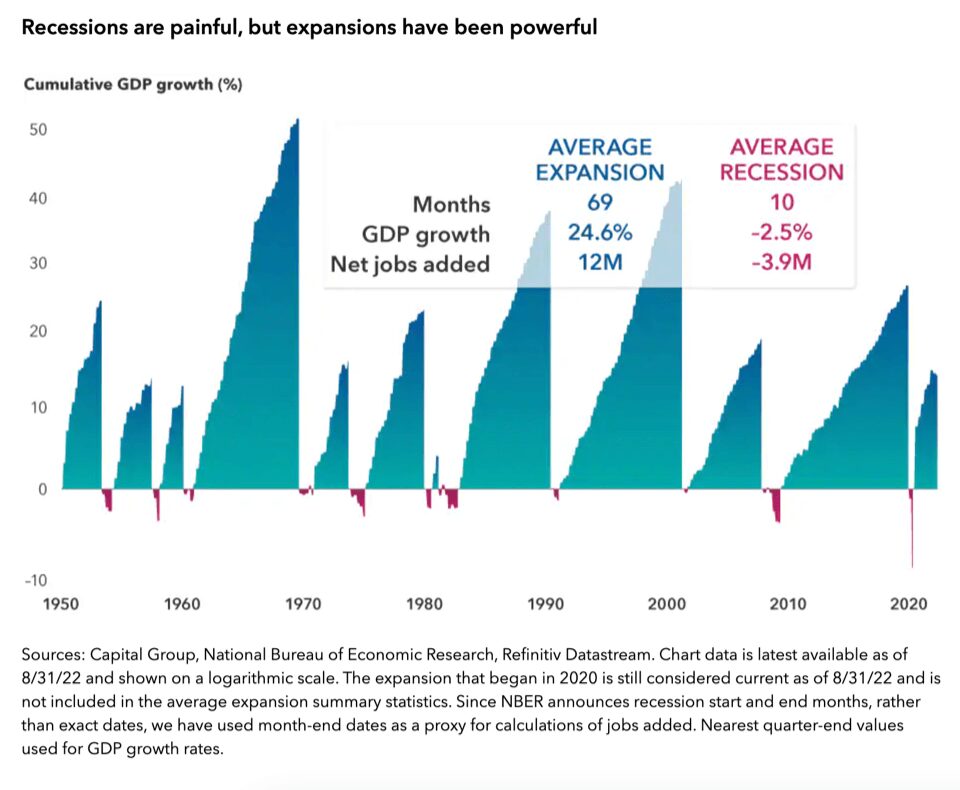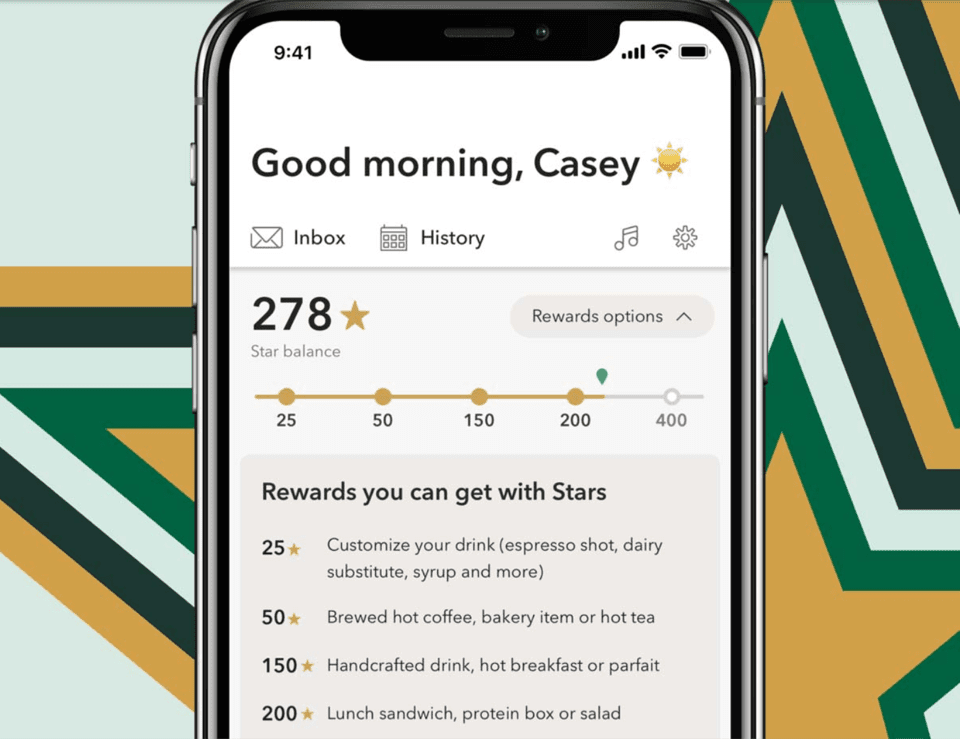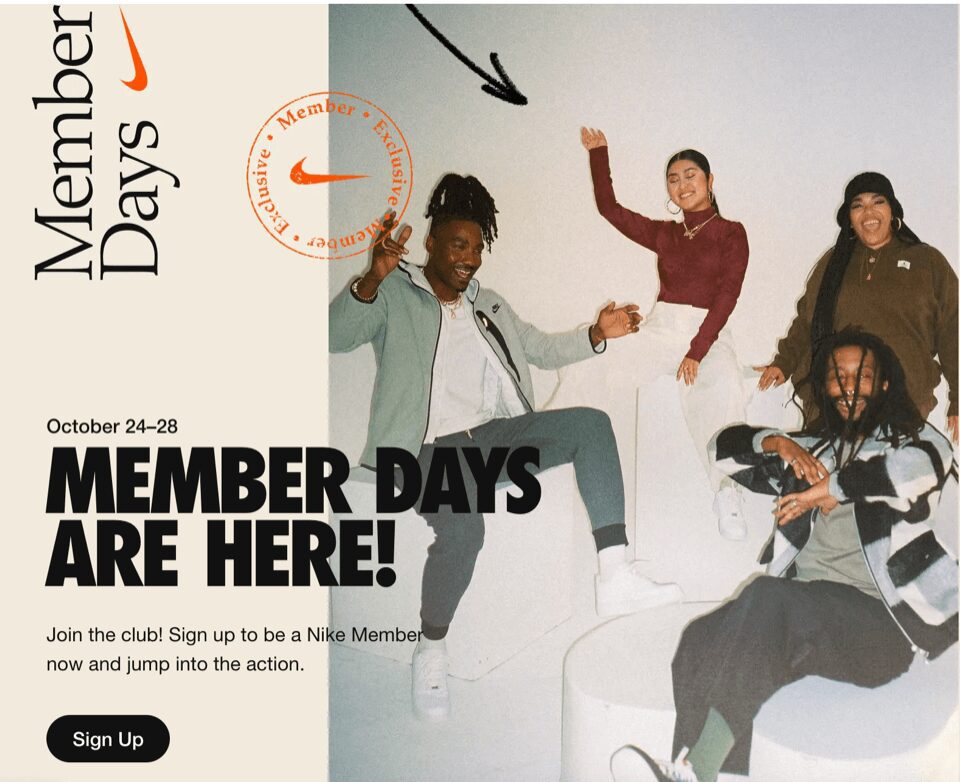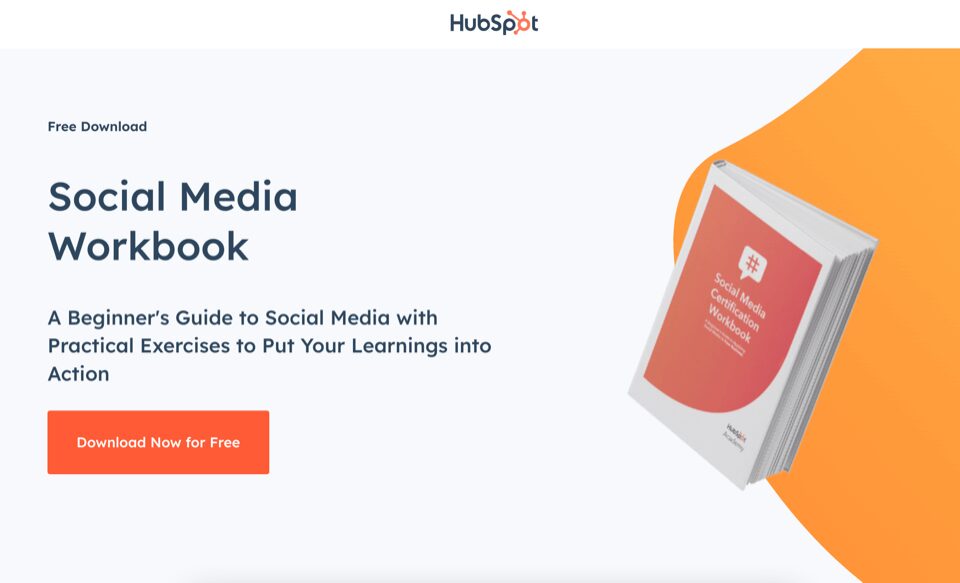A recession is the last thing any business owner wants to experience since it can wreak havoc on your cash flow, decrease total revenue, increase costs, and affect your marketing strategies in a negative way. While economists and politicians are still debating whether or not to call this current downturn a “recession,” most businesses agree that times are tight and the world is full of uncertainty.
It may seem counterintuitive, but a recession is the best time to build a strong position in your market. Many other companies will be tightening their belts and cutting back on development and promotion. However, smart marketers see this as an opportunity to create and execute marketing campaigns without taking away from the development of new products or services. In fact, history proves that the companies that make the biggest gains during a recession are the ones who make the most of the situation with the help of a solid marketing strategy.
Table of Contents
Facts about Recessions
Recessions can be difficult for businesses, especially for those that are struggling to achieve growth and success but in the grand scheme of things, it doesn’t last forever. The average length of American recessions since 1945 is ten months. That may feel long if you’re having cashflow problems, but it’s relatively short in the life of a business. Even during a downturn, many companies may remain profitable, especially utility providers and those selling consumer staples, because they know how to market themselves.

While things will eventually look better in the future, that doesn’t mean you can be idle. Hanging in there is only going to get you so far. When revenue is down, you need to scale back somehow. If you have to make cuts, some spending reductions are more strategic than others. If you can invest, there are huge opportunities to do so. Ultimately, there are many steps you can take to help your company’s marketing operations survive and thrive during recessions.
Buy low. Sell high.
Easier said than done, but this is the oldest investing rule in the book. Recessions often create low-cost opportunities to drive growth. Anything from stocking up on raw materials to build costs to acquisitions could potentially come at a discount.
You’re looking for companies that have seen their stock prices drop, and you want to be buying when everyone else is selling. That way, when the market recovers and the company does well again, your shares will go up in value and make you money. The same is true for goods, property, and other assets. If you buy something when it’s cheap and then sell it later at a higher price, you would have made a profit.
Buying low and selling high is the golden rule for investing, and it’s a good one to follow. This doesn’t mean throwing all caution to the wind, though. In fact, it means the opposite: You should do as much research as possible before any investment since well-placed marketing decisions can lead to a larger market share and greater momentum when the economy eventually recovers from a recession.
The hardest thing to do when times are tough is to stay the course but that’s exactly what you need to do. While others scale back, you could accelerate forward to gain a competitive advantage. Don’t make the mistake of sacrificing your long-term growth just to try to mitigate losses in a rough quarter.
Sound business mindset—but what about consumers? The fact is, consumers are going to be looking at their own bank accounts when they make purchasing decisions. If they don’t feel like their financial situation is improving, then they’re going to be more cautious about spending money.
Customer Behavior
The most recent data on marketing and economics shows that consumer confidence is falling, which isn’t surprising given the recession climate. Inflation is also rising quickly and consumers are feeling the pinch—but in contrast, employment remains high.

This is different from 2008 when unemployment cut consumer spending. High employment now is a good indicator of a quick rebound, but it doesn’t guarantee one since most Americans are still concerned about their safety nets and are cutting back on spending.
So how to approach this?
- Discounts
Consumers are looking for deals, but not necessarily deep discounts. In fact, most shoppers aren’t interested in extreme discounts or rock-bottom prices — they just want good value for their money.
- Compassion
It’s important to remember that your customers are human beings, too. Make sure that you’re providing value no matter what the price tag is on your product or service.
- Customer-First Branding
The days of “sell more stuff” are over — customers want brands that understand, respect, and support them. Your brand should reflect the values of your customers.
5 Winning Strategies to Bounce Back
If you want to thrive in a recession, you need to be able to help your customers see why they should buy from you instead of from the competition, and we’ve got five marketing strategies that will help you do that.
Reach out to existing clients.
It is one of the easiest ways to get started, as you already have a list of potential customers to contact. If you have been in business for a while, you already have a good idea of who your existing client base is and what kinds of marketing strategies work best for them.
Acquiring a new customer is actually more expensive than keeping an existing one. When you consider the cost of marketing, advertising, and other efforts involved in getting a new customer in a recessionary economy, it becomes clear why this is true. The longer a customer continues to purchase from you, the greater their lifetime value will become—and the less it will cost over time to keep them around. Customer lifetime value (CLV) is a metric that indicates how much money a company will make from a customer over the span of their business relationship.
In today’s competitive business environment, it can be hard to track your customers. When you do lose a customer, you’re not just giving up revenue—you’re giving up an opportunity to grow your business. When customers leave, they take their knowledge and experience with them. They take their relationships with other customers, who may also decide to leave and they take the trust and loyalty that comes from being part of your brand.
Many companies have turned to cost-cutting on marketing in the wake of a recession which can hurt existing customers. A better strategy is to invest in building customer loyalty. Offer free months of subscriptions, double rewards points, free shipping, extras, and discounts—and solicit feedback. Loyalty programs are about making sure you’re meeting your customers’ needs. Make sure you’re getting feedback from both sides so you can continue to improve your offering.

Invest in brand-building.
Research your target audience. The first step to creating a strong, lasting brand is to understand your audience. Determine their needs and how you can offer solutions to them.
Once you have the above established, you can explore several steps to correct web design errors or reinforce your marketing plan for a recession such as trying a new logo or making minor, but crucial changes to your site to improve copy, UX, and the purchase flow. Adding a chatbot to the website, despite being a small plugin, could change the way users interact with your store.
Organic social media is another great way to maximize your brand’s reach. The key is to engage with your audience and create a space where they feel welcome. This will help you grow your community, which will result in more sales. Once you’ve interacted with potential customers, that is the prime time to offer incentives. People want to feel like they’re getting a good deal right now—or, even better, getting something for nothing–-AKA, buy one get one free, free gift with purchase, etc.

Be patient and nurture new leads.
While you might have a solid web design for generating leads, 96% of visitors to your site aren’t ready to buy. Continuing marketing efforts focused on a larger brand-building perspective right now helps to get more users into the funnel. In today’s recession market, it’s not enough to just run direct response marketing campaigns at the tail end of the funnel. Consumers may need a bit more nurturing and the right message to complete their buying journey.
Scale back on “buy now.” Do more of “learn more.”
By creating content that educates them on your product or service, educating them about what their options are in the marketplace, and helping them understand how your product or service can help them solve a problem. Another is by creating free tools that consumers can download from your website.
You can even offer giveaways that get your customers’ contact information as well as their feedback about what they think of your business. You can use that information when you’re looking at ways to improve your marketing strategy, develop new products or services, or just learn more about what your customers are thinking so you can make sure your branding is optimized to their needs.

Improve your organic ranking in search results.
CPA (cost per acquisition) is much lower and continues to decrease over time as your site gains organic reach. Organic results are free. They cost nothing to get, and they don’t require you to pay for impressions or clicks. You can’t say that about paid ads on social media.
You can’t just hope that you’ll be able to afford traditional marketing tactics once the recession ends—you need to start making moves now. For example, if you’re still spending money on radio ads when few people are buying, you’re wasting money that could be used on more effective channels.
As we all know, search engine optimization (SEO) is one of the most important marketing channels for any business with an online presence. By investing in SEO and taking advantage of Google’s algorithm changes, you can improve your organic ranking in search results and save on other marketing channels that are more direct-response or don’t have an extended ROI. Remember that the marketing groundwork you put in now will see results when the recession turns around.
Spend on targeted advertising.
Many brands are choosing not to advertise or invest in marketing during a recession to save on expenses. If you’re looking at your budget and thinking about cutting back on your ad spend, consider this: the market share that you are likely to lose during the downturn is going to be much more costly to try to recoup in the future.
It’s not just about spending money either—it’s about making sure that your ads are reaching the right people and appealing to them personally. You need to know who your target audience is so that you can make sure that your ad reaches them at exactly the right moment when they’re most likely to buy what you’re selling.
When you’re a business, one of the most important things you can do is invest in your customers. It’s a great way to build loyalty, and it’s also a great way to ensure that your business is growing at a healthy rate that matches its goals.
What does this mean? It means that instead of just spending money on things like advertising, you should consider enticing new customers with year-long subscriptions or other retention-oriented deals to combat recession. You might also consider offering special promotions for current customers who refer new clients to your business.
Ready to plan strategically? Talk to an expert.
Coalition Technologies saw firsthand during the pandemic and downturn of 2020 that our clients who know how to take advantage of the market continued to follow these strategies and made huge gains in 2021. We know how hard it can be to stay on top of it all, so we’re here to help you stay ahead of the recession curve by planning your marketing strategically. Get your strategy review now.


